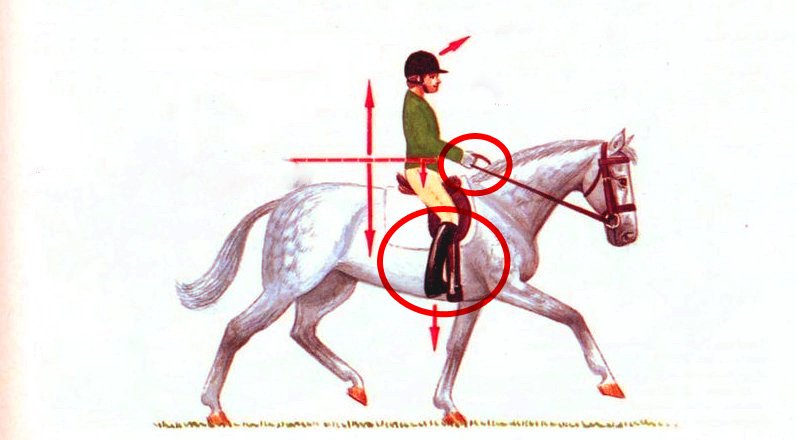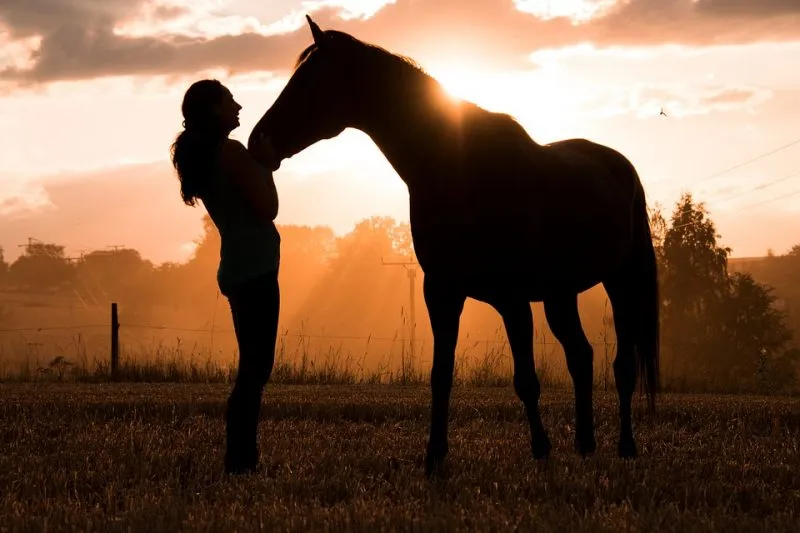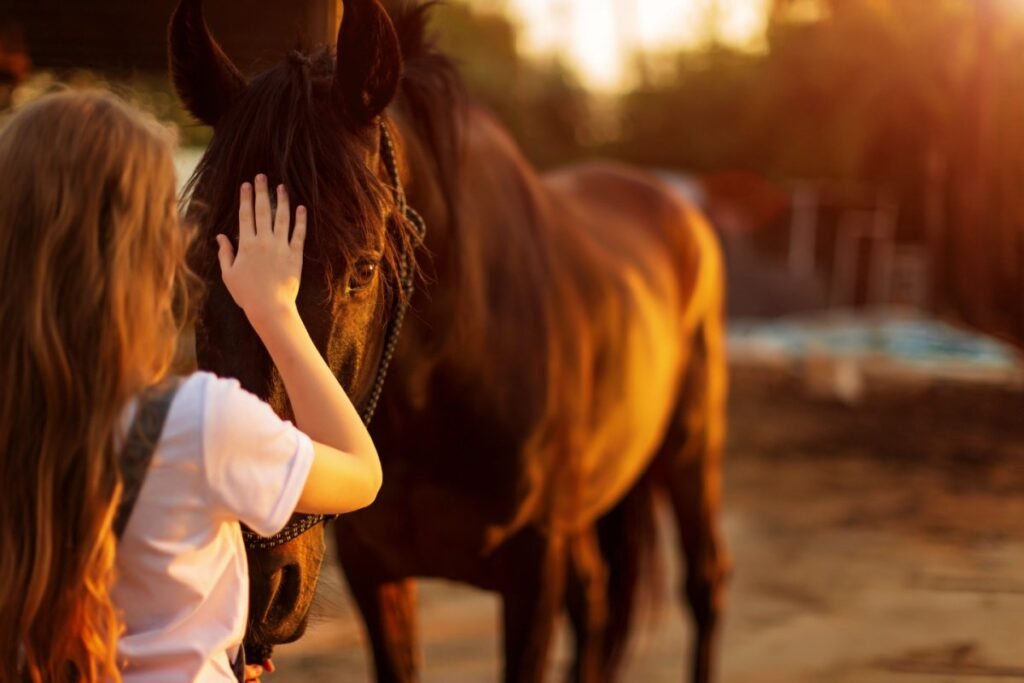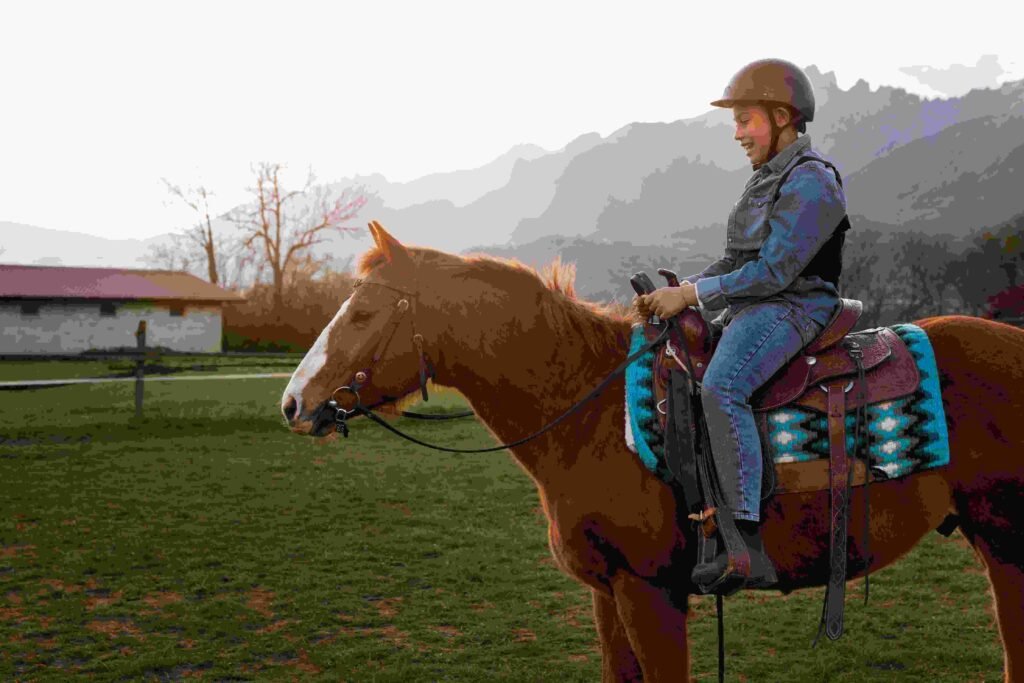Horse riding guide
Horse training can be an enjoyable yet challenging journey, especially for beginners. While working with young horses is best left to experienced trainers due to their unpredictable nature, every horse owner trains their horse in some way with every interaction. Building strong foundations is key, and understanding the right timing, approach, and techniques can set both you and your horse up for success. Whether you’re teaching something new or reinforcing existing knowledge, the process benefits both horse and owner, fostering a rewarding bond.
There’s no one-size-fits-all method when it comes to horse training because every horse is unique. However, there are essential steps that all horse owners can follow to develop a well-behaved horse. This guide will cover key aspects like groundwork, desensitization, saddle training, and weight training, offering practical advice to help you build trust and improve communication with your horse. By mastering these basics, you’ll create a strong partnership, ensuring your horse responds positively to training and commands.For more insights on this crucial skill, check out this guide on understanding your horse’s body language for better care. By mastering both training techniques and body language interpretation, you’ll create a strong partnership, ensuring your horse responds positively to training and commands.
Easy Steps for Training Your Horse
1. Begin with Basic Groundwork
- Teach simple commands like ‘halt,’ ‘move,’ and ‘turn around.’
- Practice in a round pen or fenced area for more control.
- Focus on building a trusting relationship with your horse.
2. Get Your Horse Used to New Experiences
- Gradually introduce your horse to different sights, sounds, and environments.
- Start small, then slowly increase the level of exposure.
- This helps keep your horse relaxed and confident in unfamiliar situations.
3. Familiarize Your Horse with the Saddle
- Place the saddle on your horse’s back and allow them to get used to its presence.
- Slowly add weight, either by sitting on the saddle or using a weighted object.
- Make sure your horse is comfortable before moving on to riding.
4. Teach Your Horse to Move with Gentle Pressure
- Apply light leg pressure to encourage your horse to move forward.
- Start with brief rides in a secure area.
- Always reward your horse when they respond correctly to your cues.
These simple steps will help you train your horse while building a strong, trusting partnership.
Basic Commands Every Horse Should Learn
Teaching your horse basic commands is important for safety and smooth handling, whether in the stable or while riding. These simple commands create a solid foundation for training and help you communicate better with your horse. Here are the key commands every horse should know:

Stop (Whoa)
The “whoa” command is crucial for stopping your horse quickly and safely. Start by saying “whoa” while gently pulling back on the reins or lead rope. Over time, your horse will learn to stop just by hearing the word, without needing much pressure.
Move Forward (Walk On)
To get your horse to move forward, use the command “walk on” along with a slight leg squeeze if riding or a gentle tug on the lead rope if walking. Repeating the word with the action helps your horse understand what you want them to do.
Turn Left or Right
Turning is an essential skill for controlling your horse’s direction. To teach this, gently pull the reins or lead rope in the direction you want the horse to turn while using verbal cues like “left” or “right.” With practice, your horse will start responding naturally to your cues.
Back Up
Getting your horse to back up is handy in tight spaces or when teaching them to respect your space. Gently pull on the lead rope while saying “back,” and as soon as your horse steps backward, release the pressure. With repetition, your horse will understand “back” means to reverse.
Stand Still (Stay Calm)
The “stand” command is important for times when your horse needs to remain still, like during grooming or saddling. Use the word “stand” and reward them when they stay calm and still. This helps your horse learn patience and stay relaxed.
By learning these basic commands, your horse will become more manageable, and you’ll create a strong bond through clear and simple communication.
Building Trust Through Positive Reinforcement
Creating a strong connection with your horse involves patience, understanding, and consistency. Positive reinforcement is one of the most effective ways to build trust, reward good behavior, and enhance communication.

Immediate Rewards for Correct Actions
Whenever your horse performs a task correctly, offering an immediate reward like a treat or verbal praise reinforces the desired behavior. This type of instant feedback helps your horse quickly associate the action with a positive outcome, making them more likely to repeat the behavior.
The Power of Praise and Gentle Touch
Horses thrive on verbal praise and gentle touch. A simple word of encouragement or a light pat on the neck can have a big impact on your horse’s mood. These small gestures show your horse that their efforts are recognized, boosting both their confidence and your bond.
Consistency Strengthens Trust
Consistency in your approach is crucial. By regularly rewarding your horse for positive actions, they will learn that good behavior leads to positive outcomes. Over time, this builds a cooperative relationship where your horse understands your expectations and feels secure in following your lead.
Through patience, immediate rewards, and consistent reinforcement, you create a trusting and strong partnership with your horse that encourages both learning and mutual respect.
Strengthening the Horse-Human Bond
Building a strong connection with your horse requires time, patience, and understanding. Horses are naturally social animals that thrive on trust and care. To develop a solid horse-human bond, clear communication is key. This means learning to read your horse’s cues and responding appropriately.
Spending consistent quality time with your horse outside of training sessions helps build familiarity and security. Gentle activities like grooming or calm walks make your horse feel safe and see you as a trustworthy companion.
It’s also important to pay attention to your horse’s body language. Horses use subtle signals to communicate, and recognizing these can help you build trust. When your horse feels understood, it becomes more willing to cooperate and connect.
By combining gentle handling, clear communication, and spending time together, you can gradually strengthen your bond with your horse, leading to a more fulfilling and harmonious relationship.
Understanding Your Horse’s Needs and Signals

Creating a strong bond with your horse starts by understanding its needs and the signals it uses to communicate. Horses express themselves through body language and behavior, and by learning to recognize these signs, you can improve how you respond, which helps build trust and connection.
One important thing to notice is how your horse reacts in different situations. For example, when a horse’s ears are pinned back, its tail is swishing, or its posture is tense, it may be feeling discomfort, frustration, or stress. On the other hand, relaxed ears, a calm tail, and soft eyes usually mean the horse is content and at ease.
Horses also have basic needs such as proper nutrition, regular exercise, and social interaction. Ensuring your horse is physically healthy by meeting these needs will build trust and strengthen your relationship. A horse that feels safe and well cared for is more likely to listen and cooperate.
Pay close attention to smaller cues, like how your horse responds during grooming, how it approaches you in the field, or how it behaves when you work together. Every signal, whether subtle or obvious, provides clues to your horse’s feelings and overall well-being. By understanding these signals and responding with care, you can create a positive environment where both you and your horse thrive.
You can read more
FAQs
How long does horse training for riding take?
Training a horse for riding can take several months depending on the horse’s temperament and experience. Consistency, patience, and positive reinforcement are key to making progress.
At what age should I start training my horse for riding?
Horses are generally ready for riding training around 3 to 4 years old, when they are physically and mentally developed. Starting with basic groundwork helps build trust and communication.
How can I tell if my horse is ready for riding?
Your horse is ready for riding when they are comfortable with basic groundwork, saddle, and commands. They should show no signs of discomfort or stress and respond well to your control.
Is groundwork necessary before riding?
Yes, groundwork is essential. It builds a strong foundation of trust, communication, and control before moving to riding, ensuring a safe and enjoyable experience for both you and your horse.

